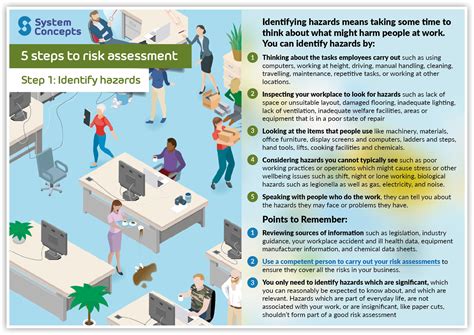How To Assess Risk Management Techniques In Trading
Cryptocurrency trading risks: A guide for risk management techniques
Cryptocurrency transactions have become more and more popular in recent years, many people and institutions investing in digital currencies (BTC), Ethereum (ETH) and others. While cryptocurrency has the potential for high yields, it is also with significant risks that can be to the detriment of the investment portfolio.
As a trader, the evaluation of risk management techniques is crucial to alleviate these risks and to ensure that your investments are safe. In this article, we will explore the different aspects of risk management in cryptocurrency trading and provide guidance on how to evaluate these techniques.
Risk understanding
Before you sink into risk management techniques, it is essential to understand what risk involves in the context of cryptocurrency trading. The risk refers to the potential for losses or gains that can affect the financial well -being of an investor. In the case of cryptocurrencies, the risks include:
- Market volatility : Cryptocurrency prices can fluctuate quickly, which leads to significant prices.
- Liquidity risks
: Market conditions can make it difficult to buy or sell cryptocurrencies quickly and at a correct price.
- Security risks : weak passwords, inadequate security measures and hacking threats can compromise an investor’s funds.
Risk Management Techniques
The evaluation of risk management techniques in cryptocurrency trading involves identifying and mitigating the above risks. Here are some effective techniques to consider:
- Diversification : Spread investments in different cryptocurrencies, assets and market conditions to minimize exposure to any particular investment.
- Stopping commands : Set the price alerts and automatically sells a portion of an investment when it drops below a certain level to limit losses.
- Position size : Limit the value of the capital invested in each commercial class or assets to avoid significant losses if the market conditions become unfavorable.
- hedging : Use derivatives, such as futures contracts, to compensate for potential losses by buying or selling a basic asset at a low price.
- Risk reward ratio : Set a report that compares the potential reward with the risk of investing in a particular cryptocurrency or a class of asset.
Technical analysis and fundamental analysis
Both technical analysis and fundamental analysis are essential tools for risk assessment in cryptocurrency trading. The technical analysis involves the use of diagrams, indicators and other visual tools to analyze price movements and to identify trends. The fundamental analysis focuses on the analysis of the basic economy of an asset, such as the case of use, the potential income flows and the activities of the competitors.
Some popular technical indicators include:
- Movement media : Use mobile environments to identify reversals or continuities of trends.
- RSI (relative resistance index) : RSI monitor to measure overlapping or outdated conditions.
- Bollinger bands : Analyze the price movements in the Bollinger bands to predict volatility.
The fundamental analysis involves studying the basic economy of an asset, such as:
- Usage case : Determine the request for a cryptocurrency based on the use case and the adoption rate.
- Competitive landscape : Identify potential competitors and evaluate their market position.
- Income flows : Analyze the income flows and calculate the estimated financial performance.
Risk assessment
After developing an understanding of risk management techniques, it is essential to evaluate these risks in your specific trading portfolio. Consider the following steps:
- Identify high risk assets

: Determine which cryptocurrencies or assets are the most exposed to the risk due to market conditions, liquidity risks or security threats.
2.


